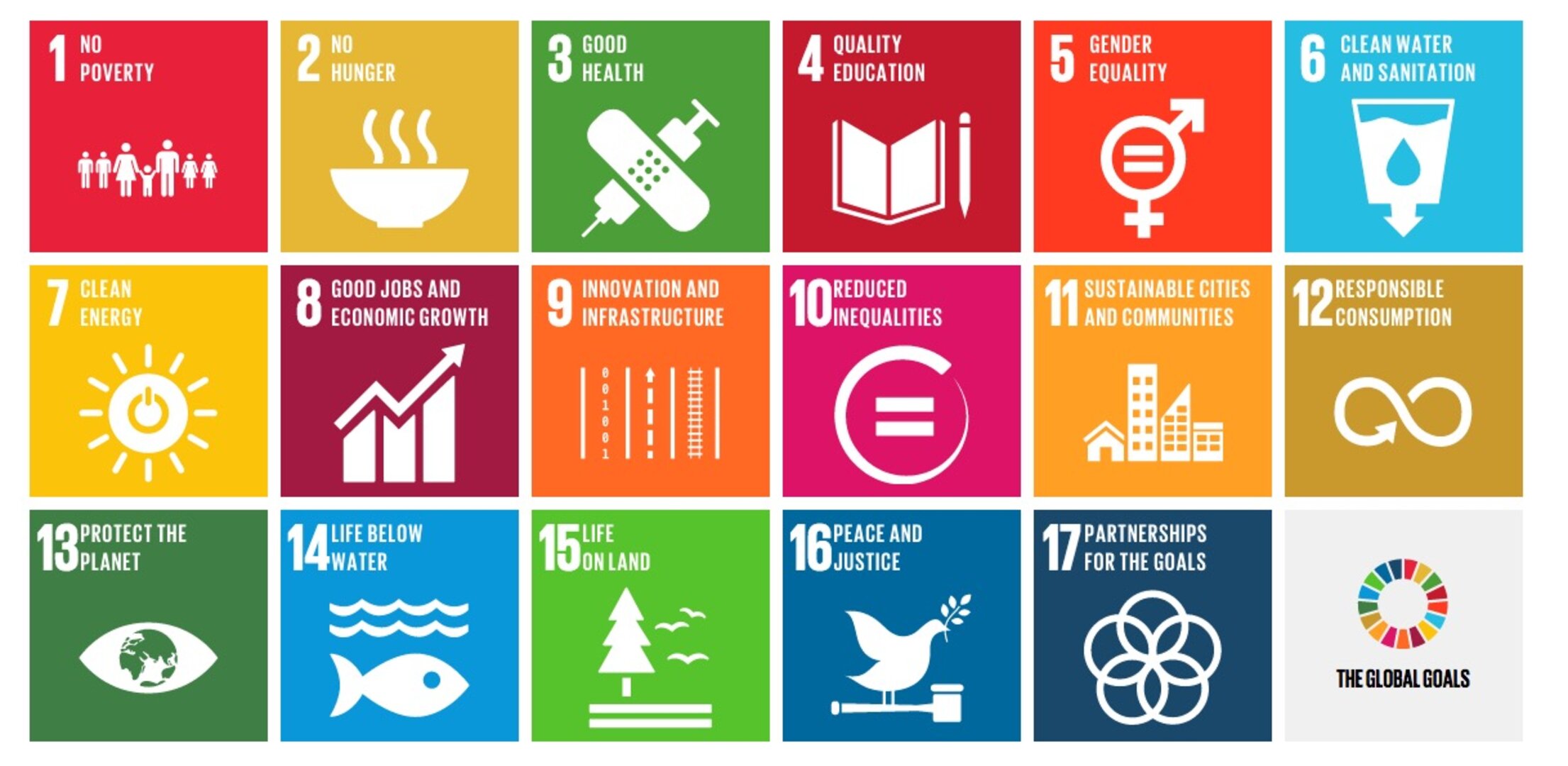
Capturing CO2 from bio-energy plants to save the planet
As companies around the world strive to reduce their carbon footprint and meet sustainability goals, one technology that has garnered attention is bioenergy with carbon capture and storage (BECCS). This technology has the potential to not only reduce greenhouse gas emissions, but also to remove carbon dioxide (CO2) from the atmosphere, making it a promising tool in the fight against climate change.
What is BECCS?
But what exactly is BECCS, and how does it work? In simple terms, BECCS involves capturing CO2 from bioenergy sources, such as biomass power plants or biofuel production facilities, and then storing that CO2 underground or using it for other purposes. This process effectively removes CO2 from the atmosphere, making BECCS a negative emissions technology.
Scalability of BECCS
BECCS has the potential for large-scale deployment, making it a viable option for companies looking to reduce their carbon footprint. Scaling up BECCS will require significant investment in the operational deployment of facilities, as well as supportive policies and regulations. This includes investment in new technologies to improve the efficiency and cost-effectiveness of CO2 capture and storage, as well as policies to incentivize companies to invest in this technology.
Key challenges of BECCS
Like any technology, BECCS is not without its challenges. There are technical challenges associated with capturing and storing CO2, such as the need for advanced capture technologies and the development of infrastructure for CO2 transport and storage. Furthermore, there are environmental and social challenges to consider, such as ensuring the sustainability of biomass sources used for BECCS and minimizing negative impacts on local communities and ecosystems. For example, there are concerns about the potential for large-scale deployment of BECCS to lead to land-use changes and competition for resources within food production.
Outlook for BECCS
Looking to the future, there is great potential for growth and scaling up of BECCS. As companies continue to invest in this technology and governments implement policies to support its development, BECCS could play a significant role in achieving net-zero emissions targets. For example, in 2022, the Swedish government announced a commitment of 3.3 billion USD into BECCS.
In conclusion, bioenergy with carbon capture and storage is a promising technology that has the potential to help companies reduce their carbon footprint and mitigate the impacts of climate change.


